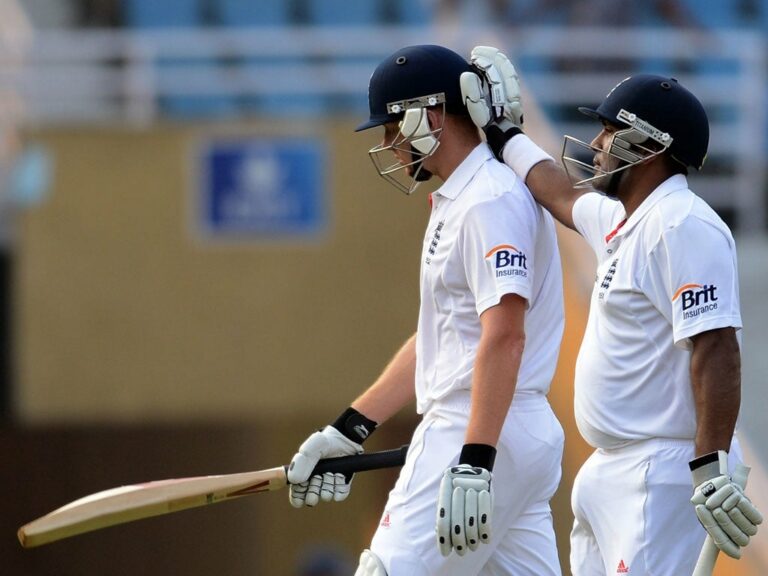The Impact of Rule Changes on Modern Cricket
betbhai 9, playexch, gold365.win login:Cricket has always been a sport steeped in tradition, with rules and regulations that have remained relatively unchanged for centuries. However, in recent years, there has been a push to modernize the game and make it more appealing to a wider audience. One of the ways in which this has been done is through the introduction of new rule changes.
The impact of these rule changes on modern cricket has been significant, affecting everything from the pacing of the game to the strategies employed by players and coaches. Let’s take a closer look at some of the key rule changes and their effects on the sport.
1. Powerplays
Powerplays were introduced in limited-overs cricket to add an extra layer of excitement to the game. During a powerplay, fielding restrictions are in place, allowing batsmen more opportunities to score boundaries. This has led to higher scoring matches and more aggressive batting from teams looking to take advantage of these periods.
2. Decision Review System (DRS)
The DRS has been a game-changer in modern cricket, allowing players to challenge umpiring decisions using technology. This has helped to reduce errors and ensure that the correct decisions are made on the field, leading to fairer outcomes for all teams.
3. Free Hits
Free hits were introduced as a penalty for bowlers who overstep the line when bowling a no-ball. This rule change has added an extra element of drama to limited-overs matches, as batsmen are given a free swing at the ball without the risk of being dismissed.
4. T20 Cricket
The rise of T20 cricket has had a huge impact on the sport, introducing a faster-paced and more dynamic format that has captured the attention of fans around the world. This has led to the development of new skills and strategies among players, as they adapt to the demands of this high-pressure format.
5. Batting Powerplay
The introduction of the batting powerplay in one-day internationals has changed the way teams approach their innings. By allowing batsmen to take advantage of fielding restrictions during a set period of overs, this rule change has led to more aggressive and high-scoring games.
6. Super Overs
Super overs have become a regular feature in T20 matches, providing a thrilling conclusion to tied games. This rule change has added an extra level of excitement to the sport, as teams battle it out in a one-over showdown to determine the winner.
FAQs
Q: Are all rule changes universally accepted by players and fans?
A: No, there is often controversy and debate surrounding rule changes, with some players and fans expressing dissatisfaction with certain decisions made by governing bodies.
Q: How do rule changes impact the overall strategy of teams?
A: Rule changes can force teams to adapt their tactics and playing styles to remain competitive in the modern game, leading to new innovations and approaches on the field.
Q: What role does technology play in enforcing rule changes?
A: Technology, such as the DRS system, has been crucial in ensuring that rule changes are implemented effectively and fairly, by providing accurate and reliable decision-making tools for umpires.
In conclusion, rule changes have had a profound impact on modern cricket, shaping the way the game is played and experienced by players and fans alike. As the sport continues to evolve, we can expect to see more innovation and adaptation as cricket seeks to stay relevant in the ever-changing world of sports.







